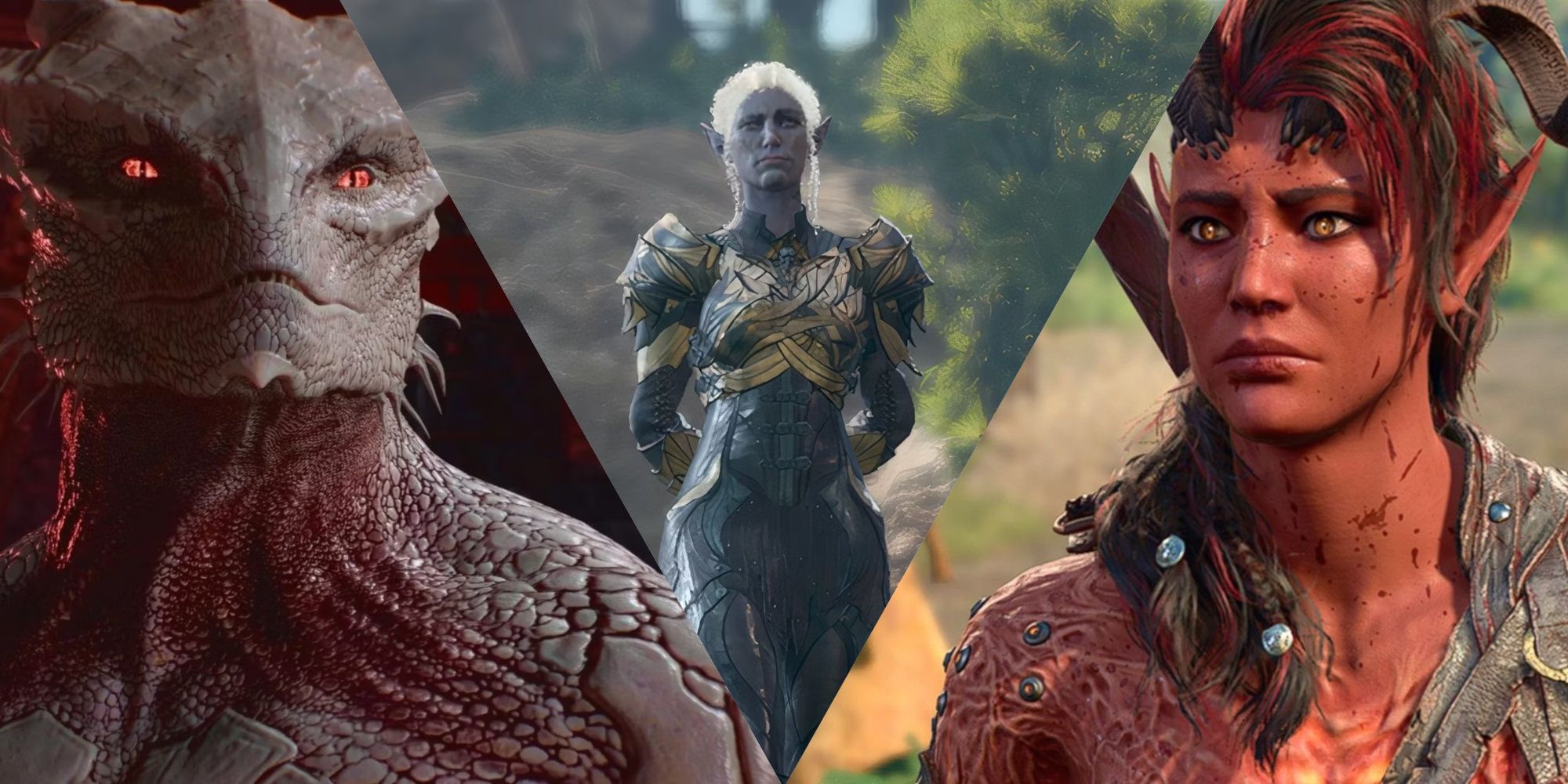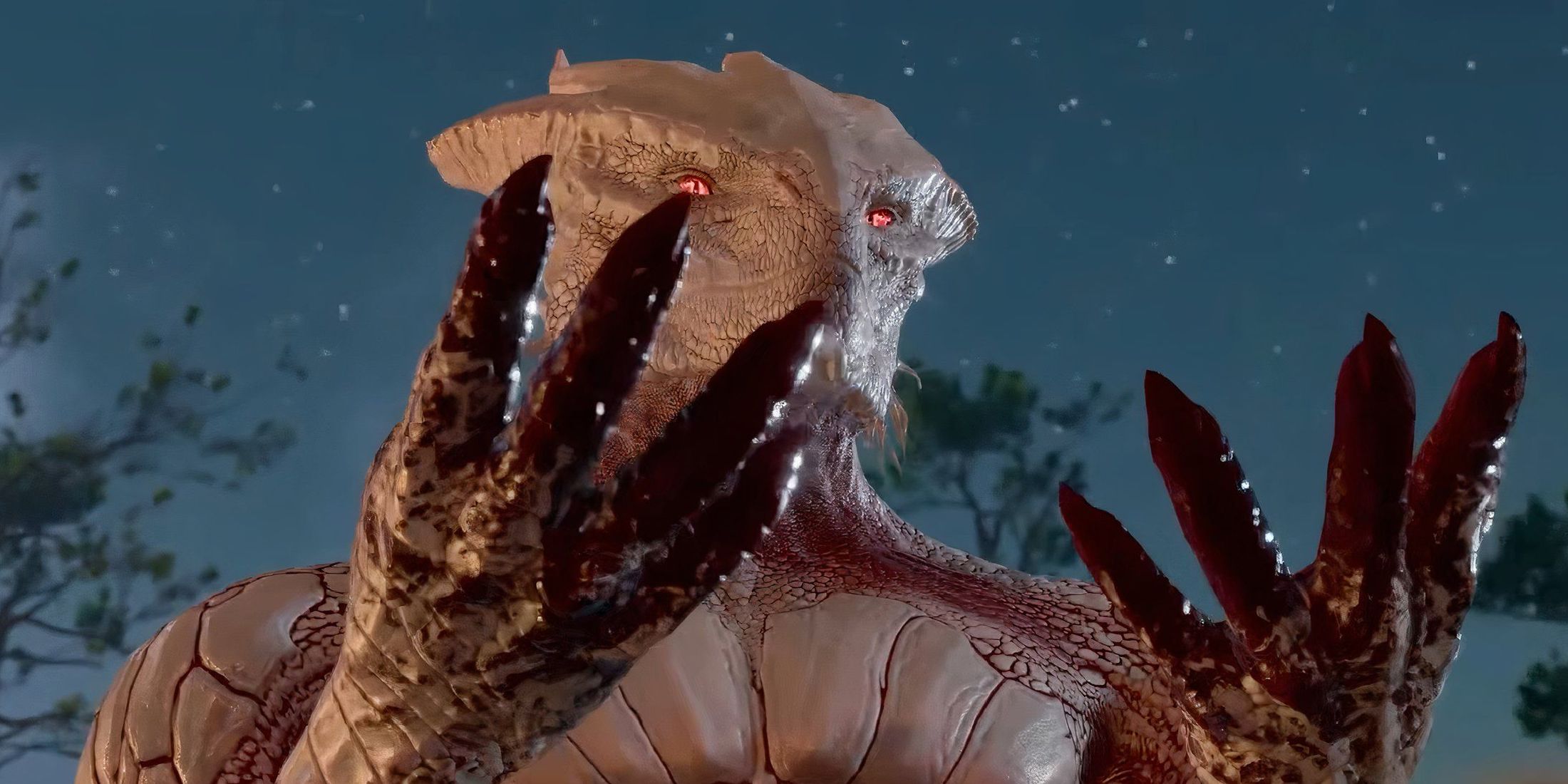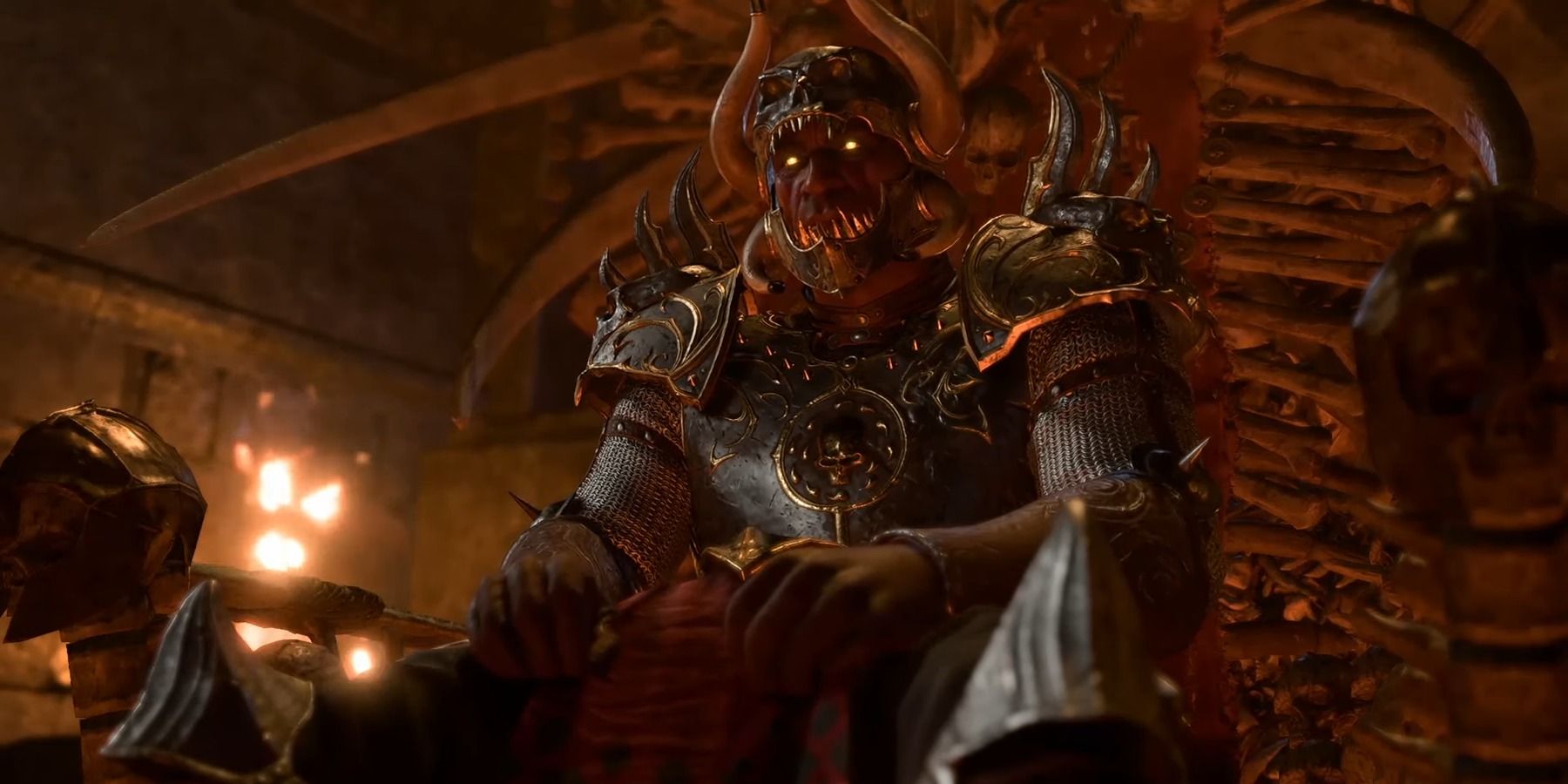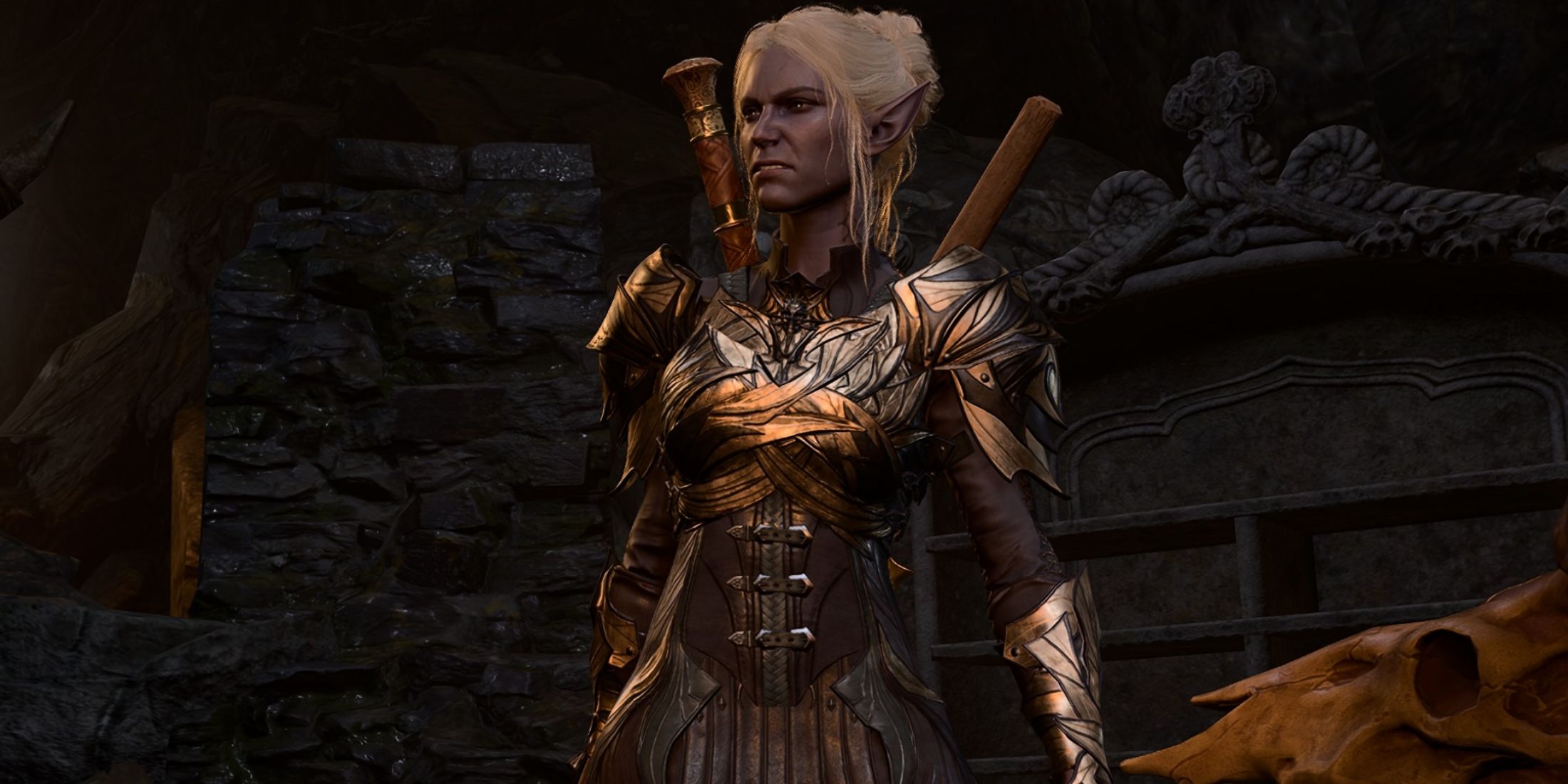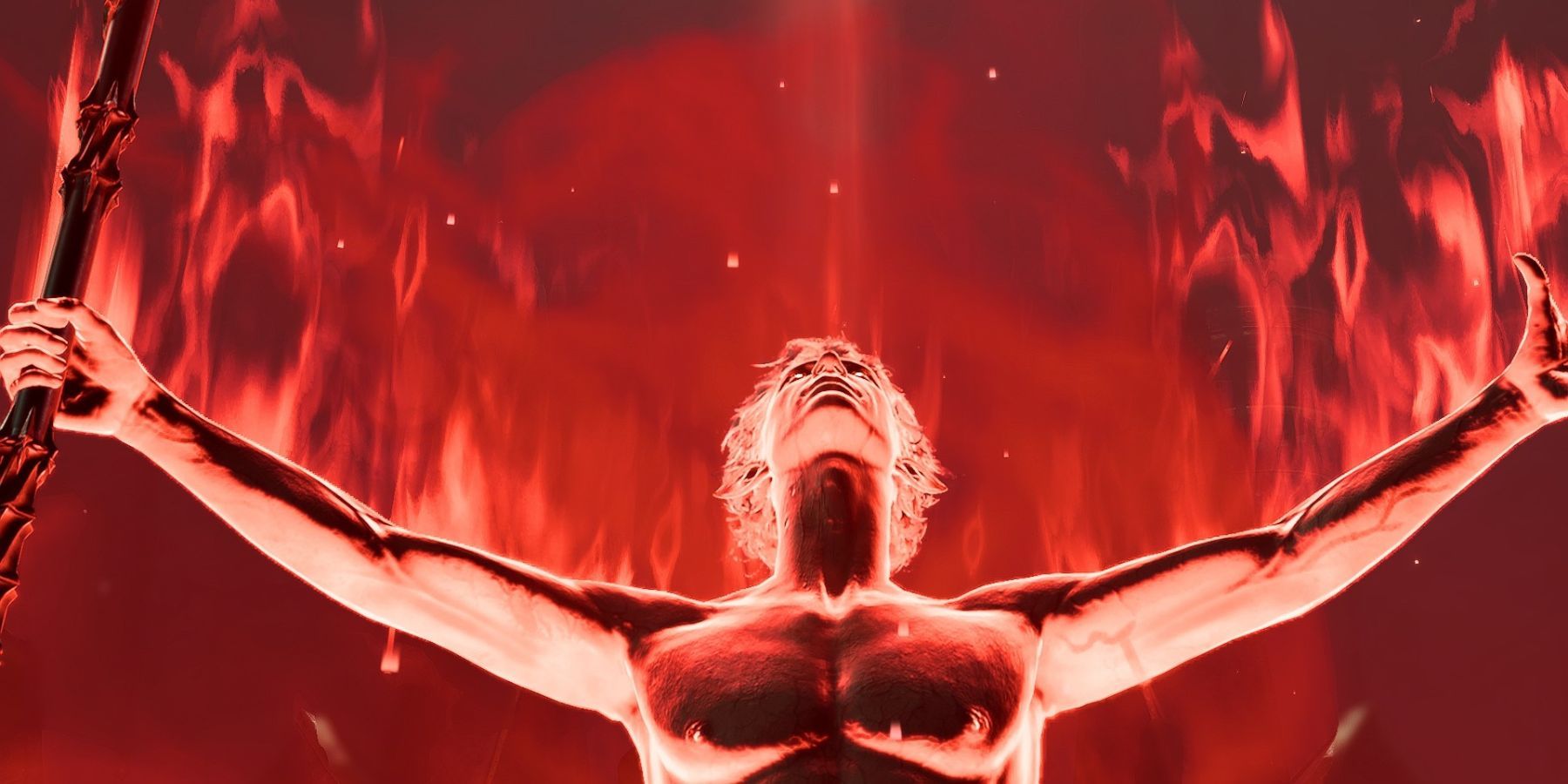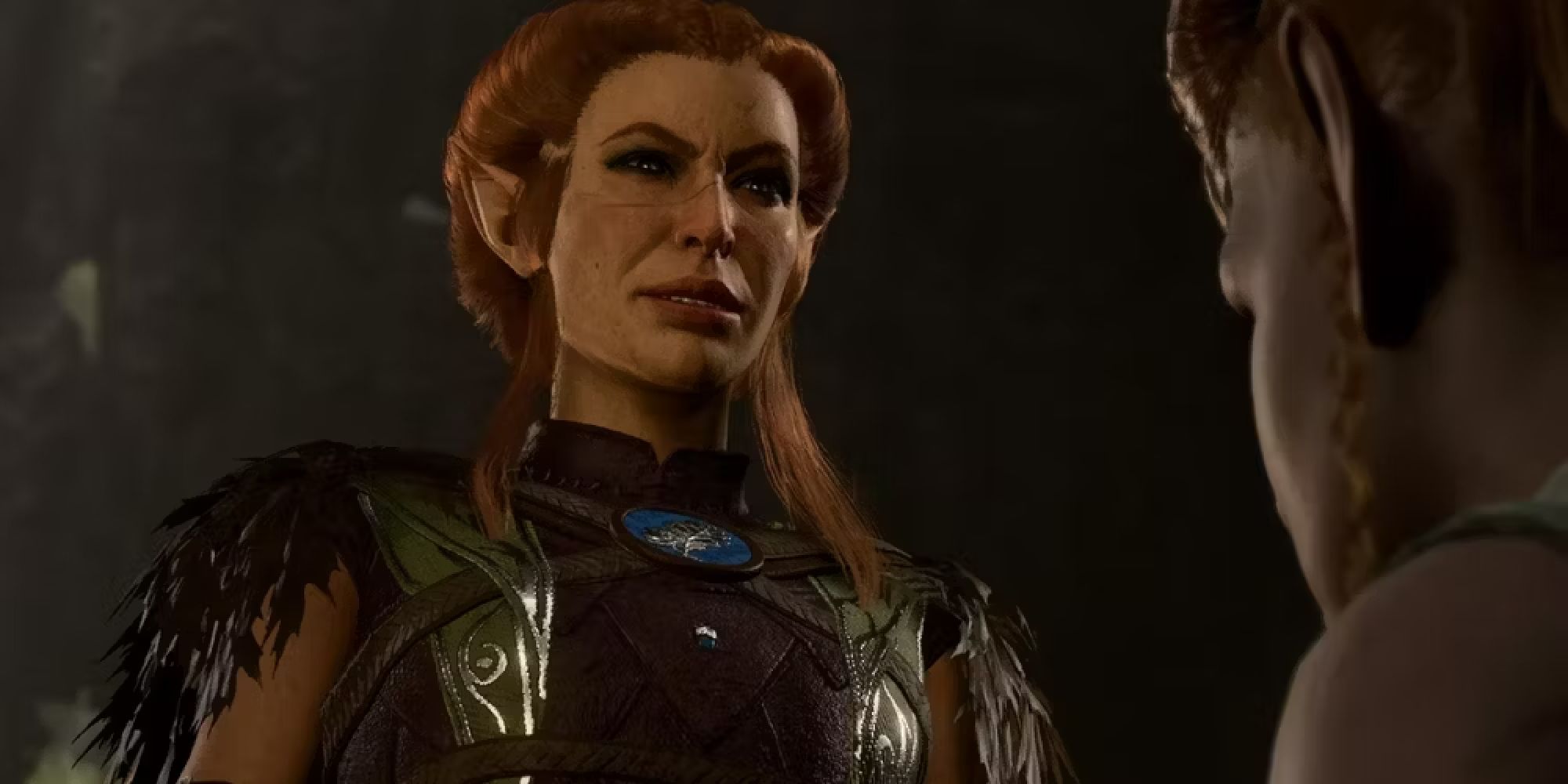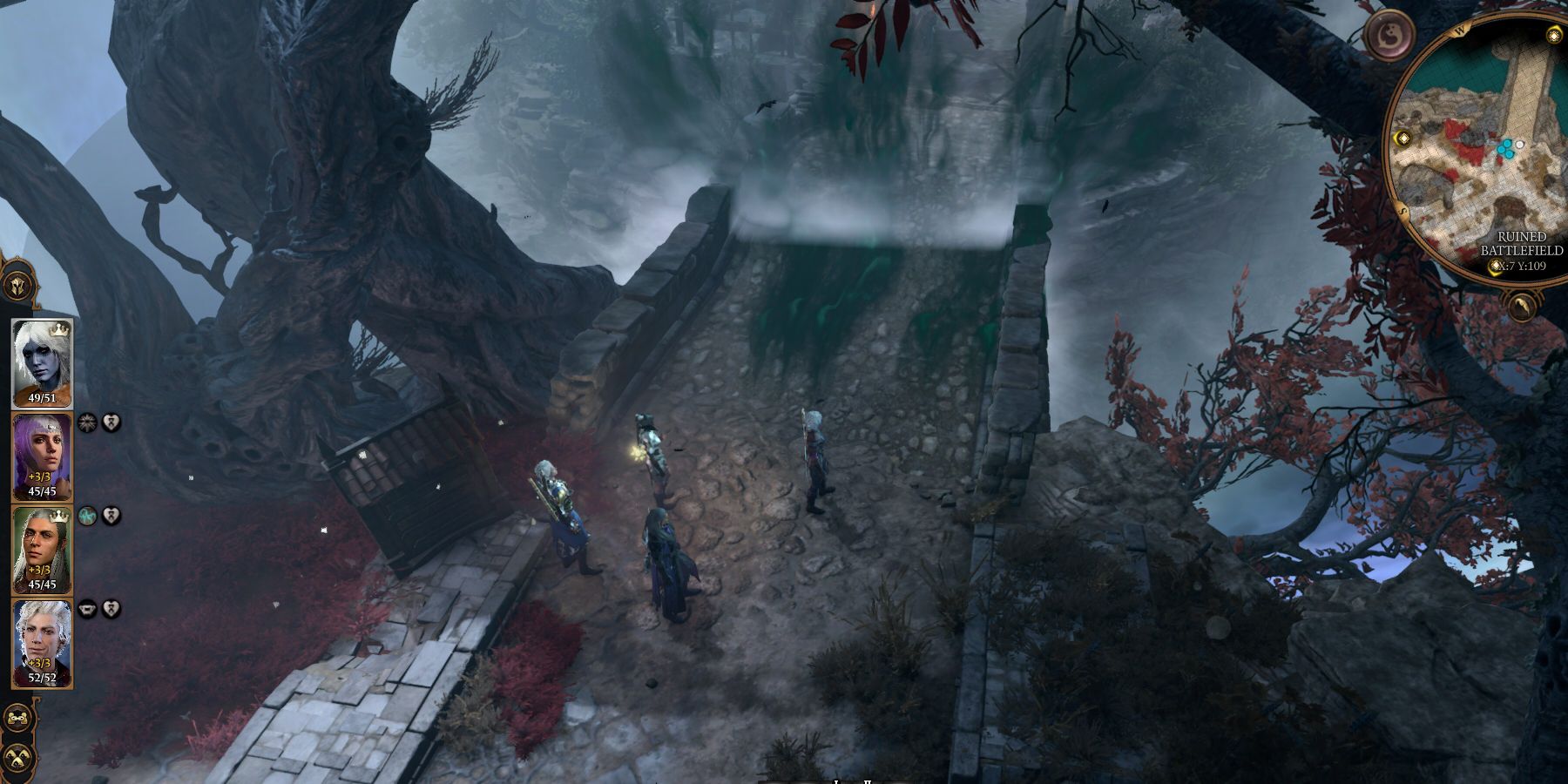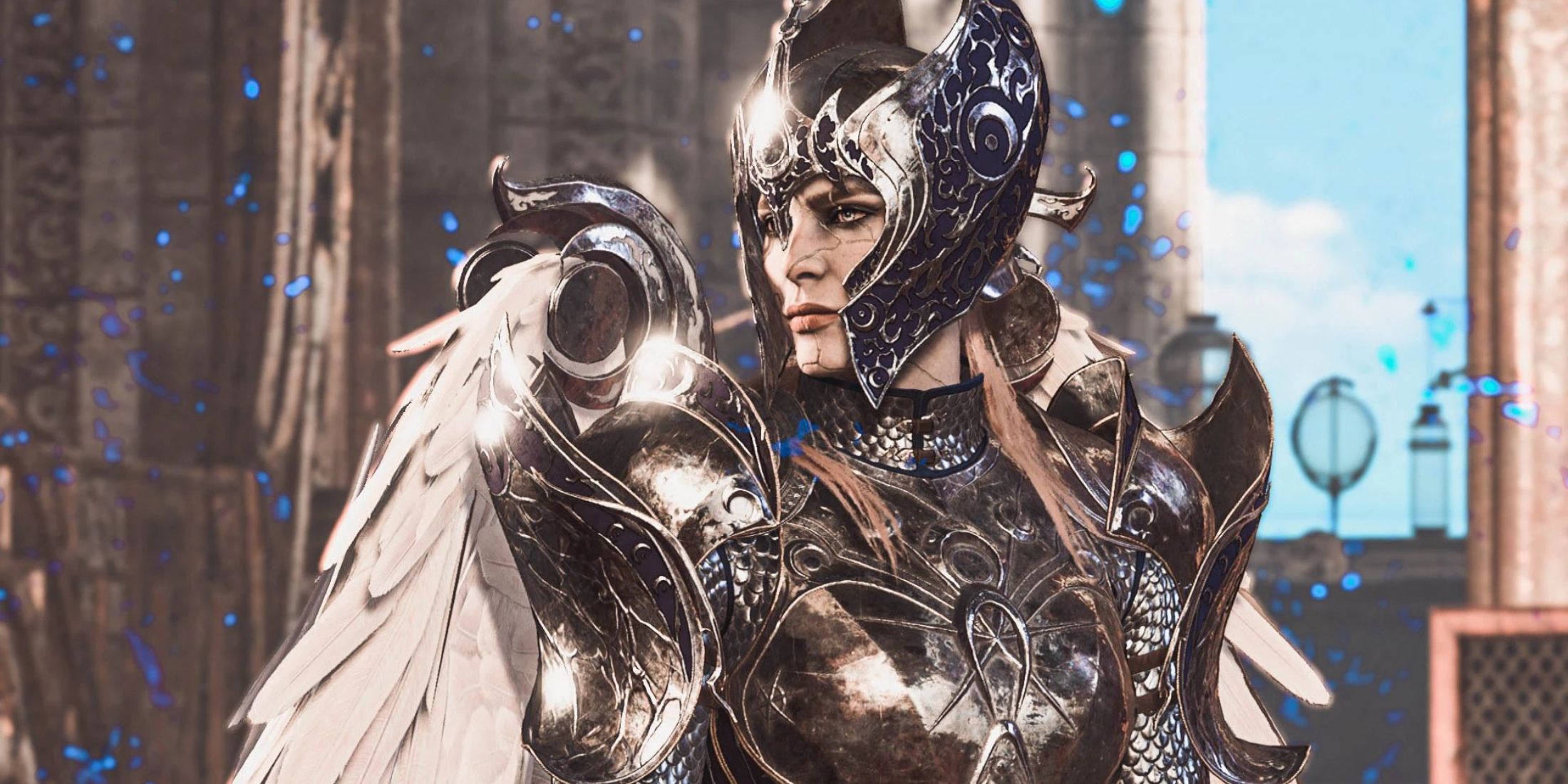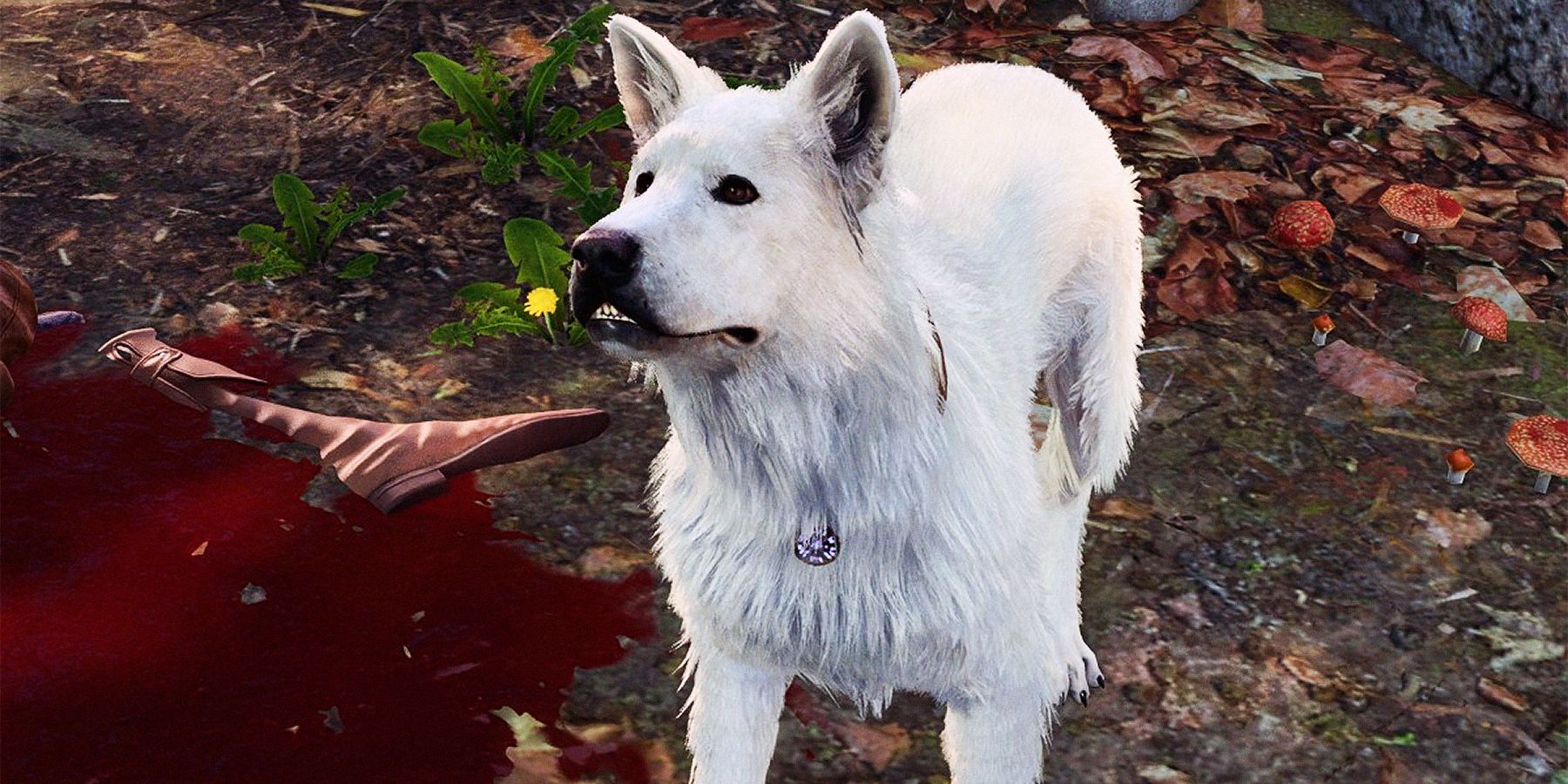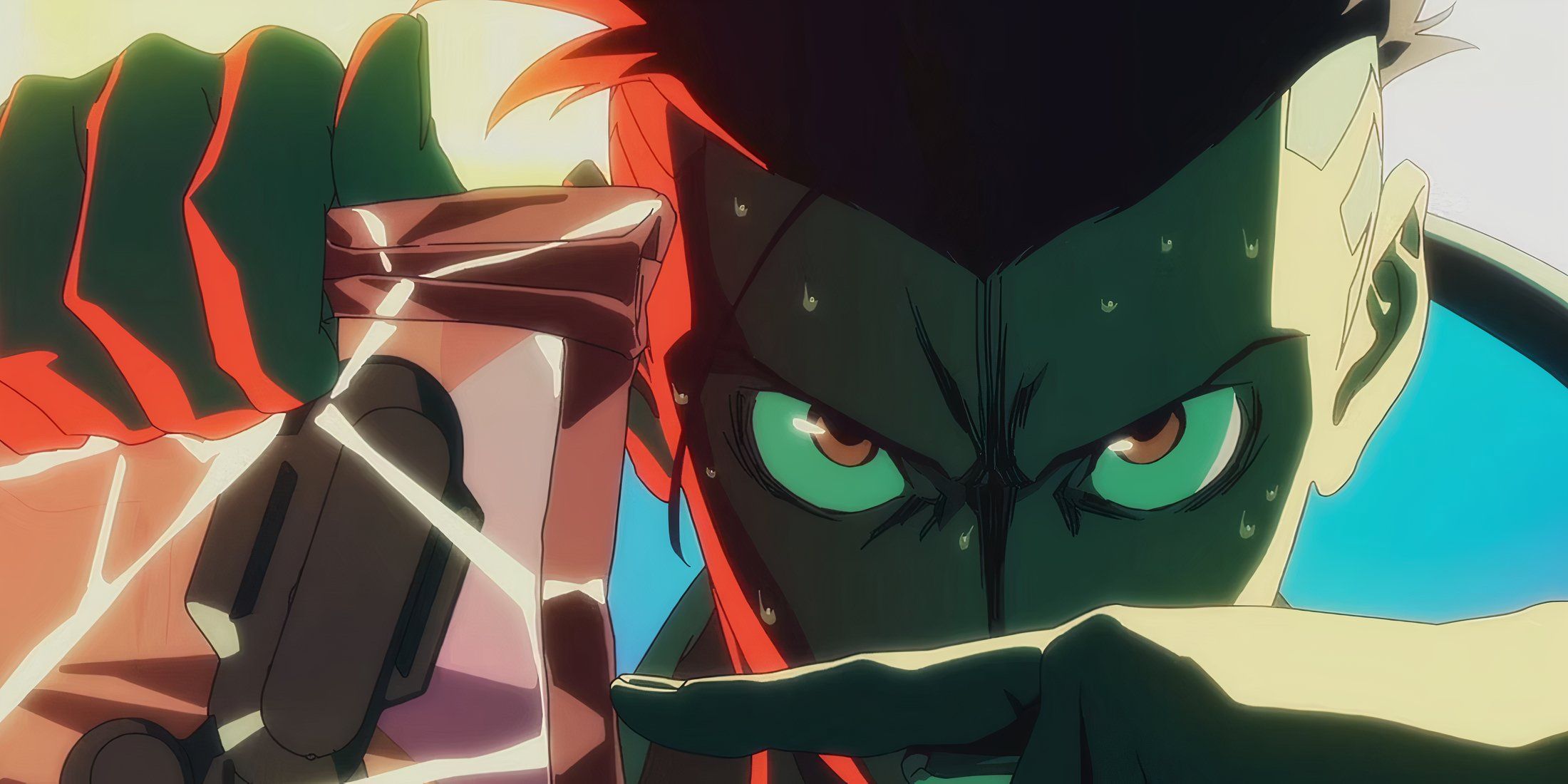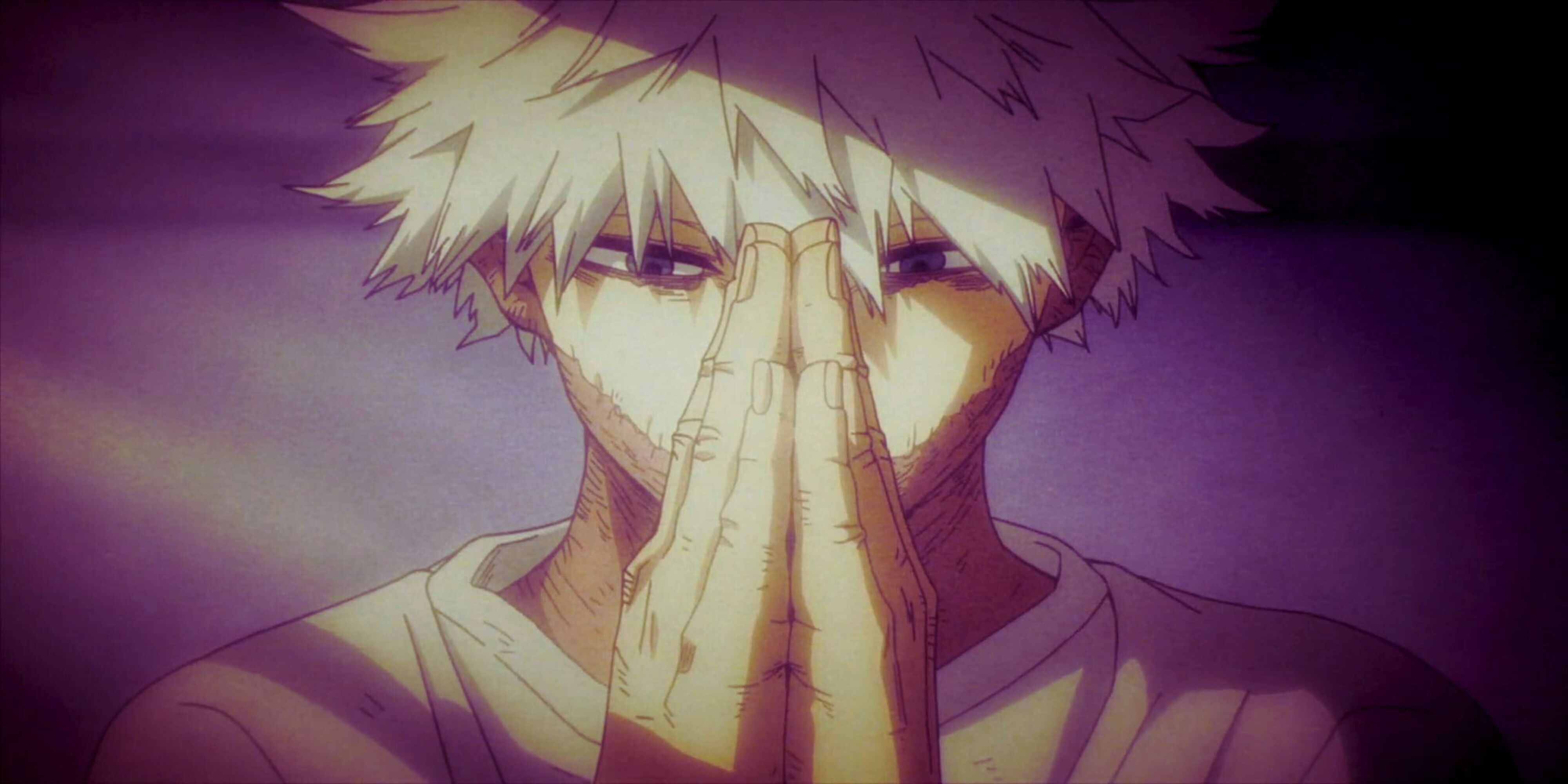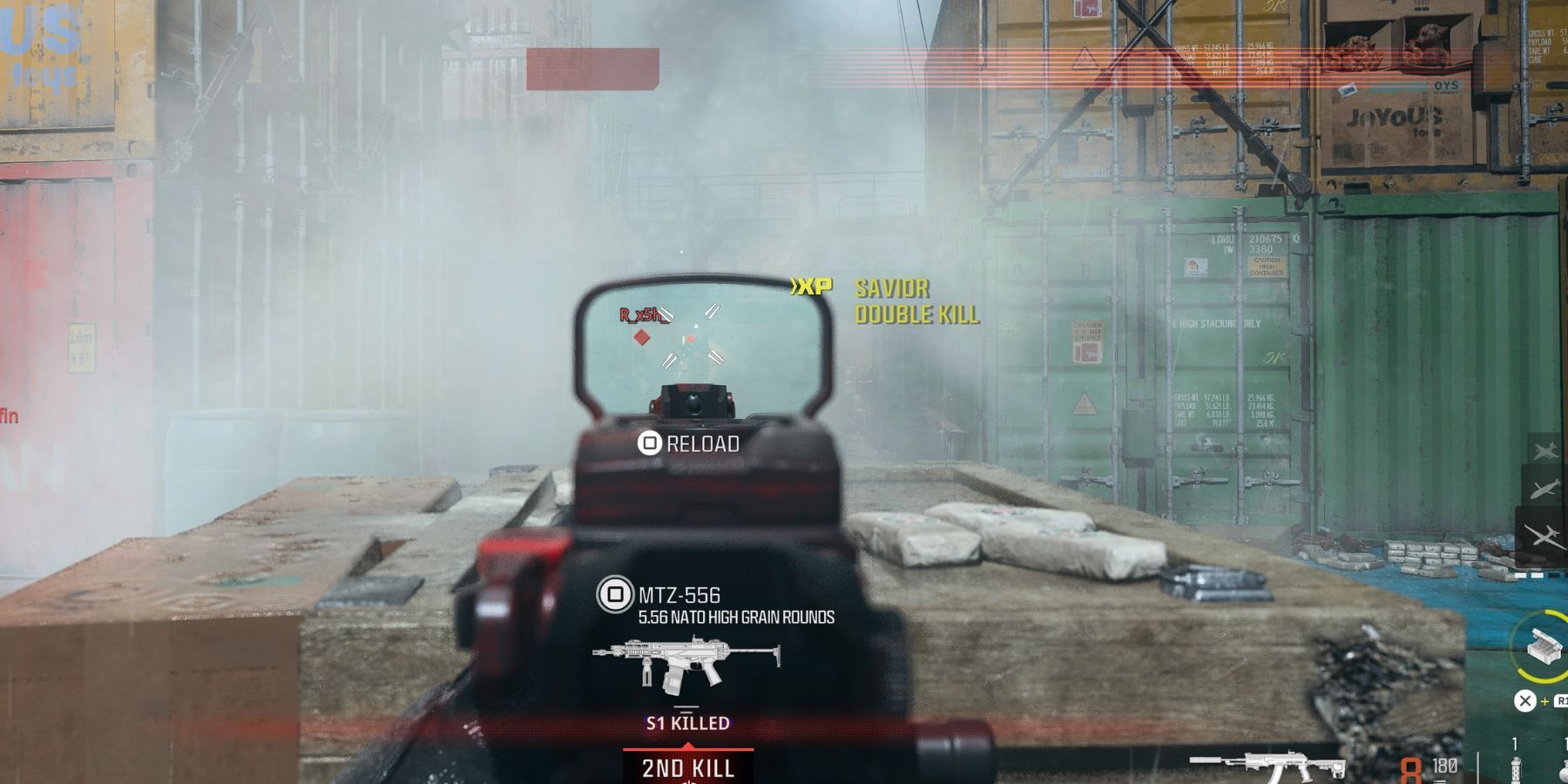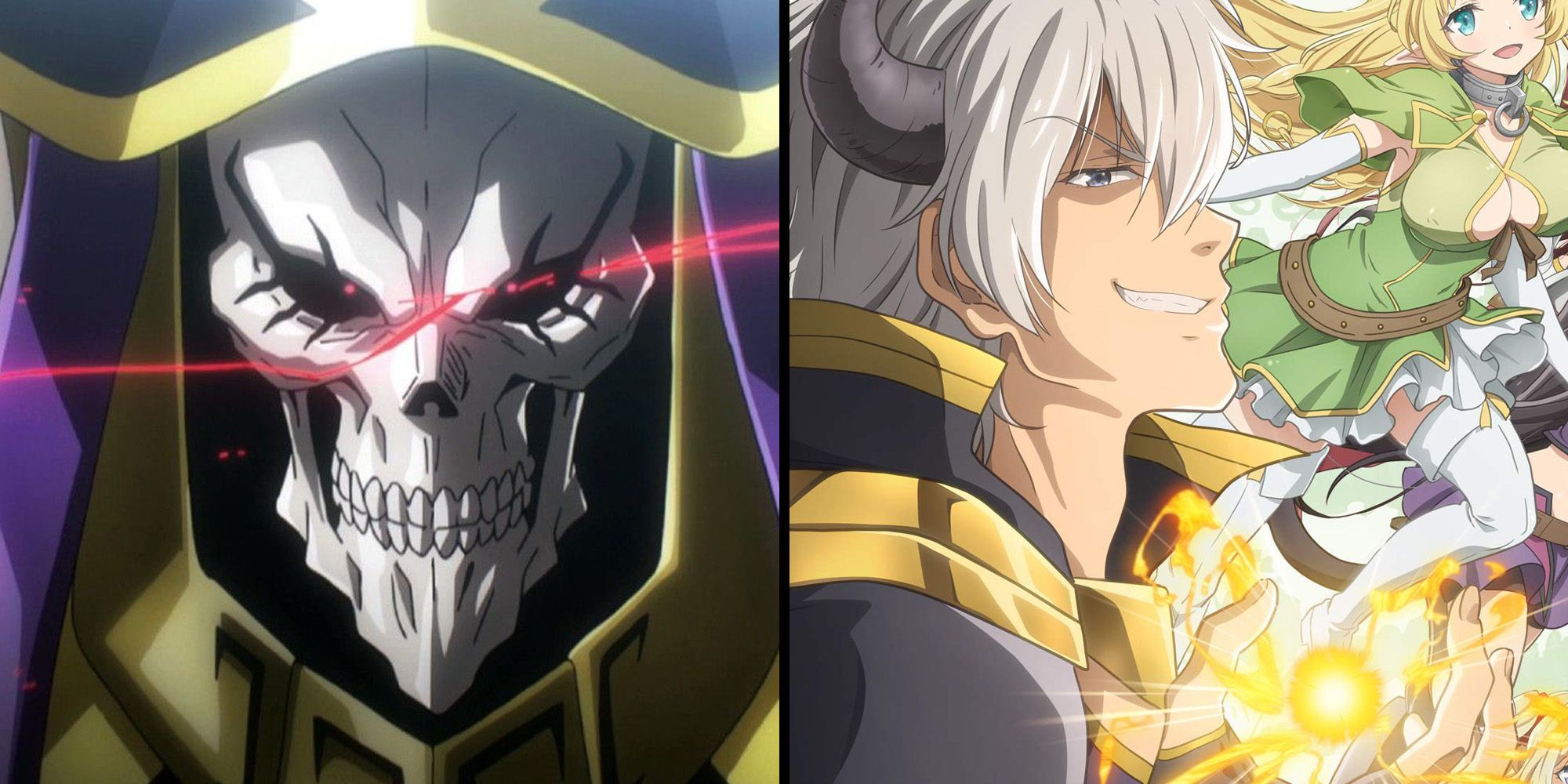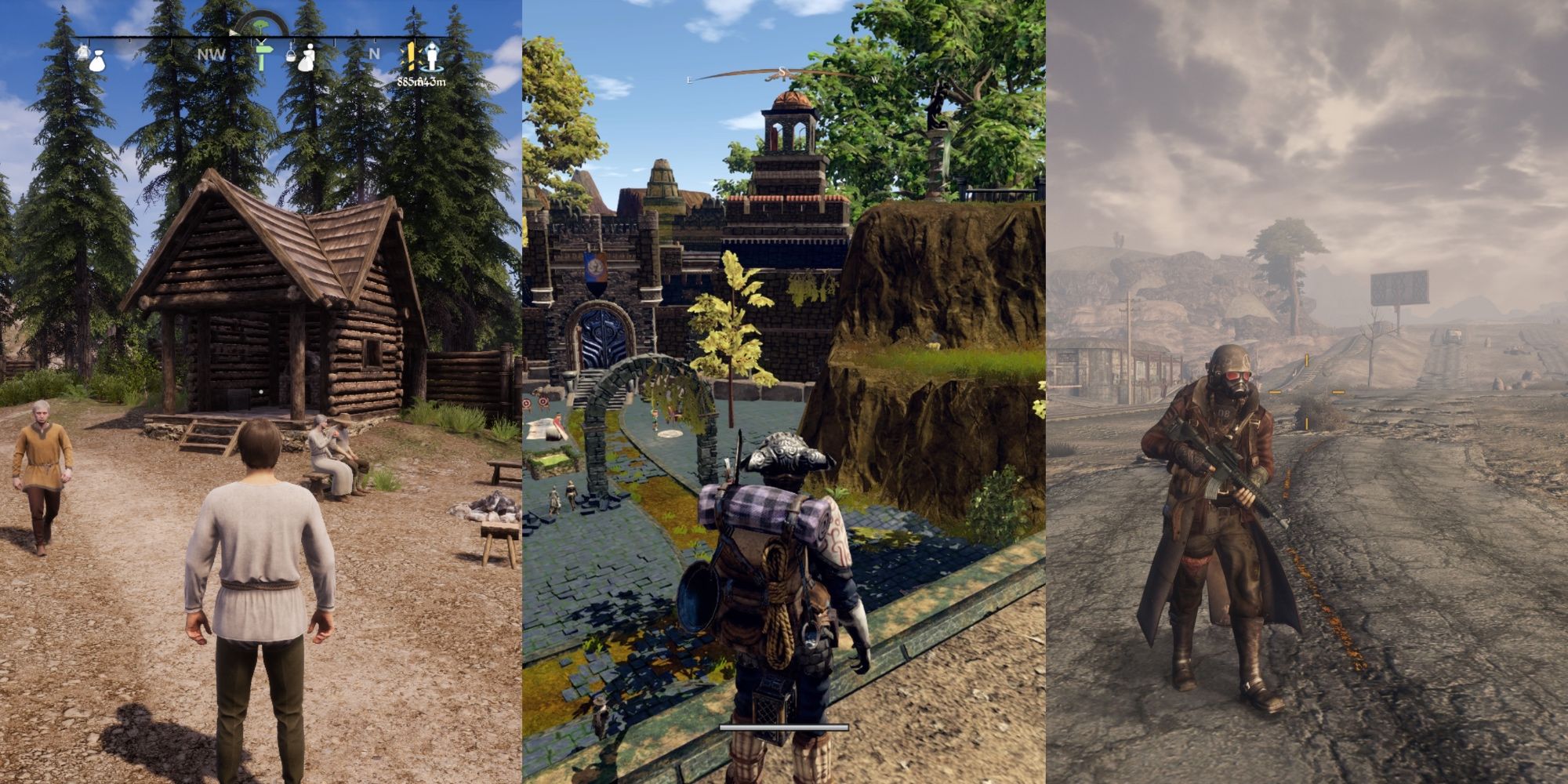Key Takeaways
- Rash evil choices in Baldur’s Gate 3 lead to dire consequences for the characters and the story.
- Exploring the dark side alters the protagonist’s fate and unlocks new narratives.
- Choosing to embrace evil impulses provides a unique and impactful gameplay experience.
Baldur’s Gate 3 offers unparalleled freedom to players, allowing for the constant discovery of new possibilities through choices made along the journey. Many of these decisions lead to dark paths where benevolent characters can meet a tragic end. Following an evil run can unveil impactful stories and provide a unique experience within the game’s universe.
Exploring an evil run in Baldur’s Gate 3 not only alters the fate of various RPG protagonists but also unlocks new narrative lines. The decisions made directly influence the unfolding of events, offering multiple endings and enriching replayability. The game rewards the boldness of daring choices, making each playthrough a distinct and engaging adventure.
10 Force Gale To Use His Powers In Act 2
A Bad And Baseless Decision
At the end of Act 2, the possibility arises to influence Gale to unleash a destructive power when confronting the game’s main villains. Even in a run with evil decisions, convincing Gale to sacrifice himself results in devastating consequences. The explosion caused by this act eliminates all present characters, including the group itself.
Besides being an evil decision, this choice is misguided, as the narrator informs that the sacrifice was in vain and the Mind Flayers continue advancing. So, forcing Gale to use his powers in this way offers no strategic benefit, serving only to emphasize the dark and desperate nature of the chosen trajectory.
9 Play As The Dark Urge In Baldur’s Gate 3
Embracing Evil Impulses Transforms The Story
The journey of the Dark Urge is a unique experience where players face inherent dark impulses tied to this specific origin. Choosing to give in to the destructive side intensifies the game’s grim atmosphere, leading to drastic consequences and impactful moments. This choice deepens the narrative, offering a personalized storyline filled with nuances.
For those seeking an adapted evil run in Baldur’s Gate 3, playing as the Dark Urge is highly recommended. Notable examples include actions like severing Gale’s arm or murdering Alfira in the camp. These extreme decisions not only significantly alter the story but also highlight the depth and freedom offered by Baldur’s Gate 3.
8 Become An Unholy Assassin During Act 3
A Terrible And Evil Alliance In Baldur’s Gate 3
In Act 3, it’s possible to join the Murder Tribunal and become an Unholy Assassin of Bhaal. This opportunity arises during the search for Orin the Red, where participating in a dark trial presided over by Sarevok Anchev allows for consolidating a truly evil path.
Choosing to become an Unholy Assassin brings significant consequences. Besides gaining access to a new merchant with powerful equipment, this decision can result in the loss of important companions, such as Jaheira and Minsc, who may abandon the group upon discovering the new alliance. This choice drastically alters the unfolding of the story in Baldur’s Gate 3.
7 Aligning With Minthara In Baldur’s Gate 3
One Of The First Evil Choices For Your Evil Run
During Act 1, players have the option to embrace the “True Soul” side and ally with Minthara, who plans to destroy the Emerald Grove. This is one of the main evil decisions available at the beginning of Baldur’s Gate 3, resulting in the destruction of numerous innocents seeking protection there.
This decision is crucial for an evil run, as it allows for the easy recruitment of Minthara. She is a character normally exclusive to this route, although it’s possible to recruit her in standard runs through alternative methods. Aligning with Minthara deepens the commitment to the dark path and significantly alters the game’s narrative.
6 Corrupt Companions In Baldur’s Gate 3
Bringing Other RPG Protagonists To The Dark Side
In evil runs, it’s expected that much content related to other companions will be lost, as most may die or abandon the group in the face of the cruelest choices. However, Shadowheart and Astarion remain by the protagonist’s side and can be corrupted to the dark side. Shadowheart can be influenced to kill Nightsong in Shadowfell, while Astarion can fulfill his dream of becoming an ascended vampire in the Palace of the Cursed during Act 3.
Corrupting these companions deepens the evil experience, exploring dark trajectories in their personal stories. Influencing Shadowheart and Astarion to follow nefarious paths adds layers of complexity to the narrative, reinforcing the commitment to a truly dark journey in Baldur’s Gate 3.
5 Letting Kagha Kill Arabella
Act 1 Is Full Of Evil Moments
Act 1 offers several opportunities for players to demonstrate evil tendencies, especially in the Druid Grove. In the first encounter with Kagha, a druid who is about to punish Arabella, allowing the snake to execute the child is one of the cruelest choices available. Arabella is just a young tiefling trying to prevent the druids from completing the isolation ritual to protect her friends.
This decision not only results in the death of an innocent child but also negatively impacts the tieflings’ perception of the protagonist. Choosing not to intervene evidences a deep commitment to the evil path, affecting the unfolding of events and reinforcing the dark nature of the chosen journey in Baldur’s Gate 3.
4 Destroy The Last Light Inn
Second Opportunity To Destroy Innocents
In Act 2, players arrive at the Last Light Inn, a refuge of hope amid the chaos caused by the Shadow Curse. There, it’s possible to meet Jaheira, an iconic character from the first two games of the Baldur’s Gate franchise. The location serves as a shelter for innocents seeking protection against the threats plaguing the region.
Opting to destroy the Last Light Inn is an extremely evil decision, resulting in the death of many innocent characters, including tieflings who survived the Emerald Grove in Act 1. This action eliminates an important support point in the fight against dark forces, drastically altering the course of the narrative and emphasizing the commitment to a destructive path.
3 Handing Dame Aylin Over To Lorroakan
Giving False Hope Of Freedom To The Character
Even in an evil run where Shadowheart is convinced not to kill Nightsong, it’s still possible to be cruel to the character who later reveals herself as Dame Aylin. After freeing her from prison and reuniting her with her great love, Isobel, players can betray her by handing her over to captivity again. This choice is particularly cruel, as it strips Dame Aylin of her newly acquired freedom and reunion with her beloved.
Handing Dame Aylin over to Lorroakan demonstrates a high level of cruelty and deeply impacts the story’s progression. This action not only alters the narrative but also reinforces the commitment to an evil path, highlighting the multiple dark possibilities available in Baldur’s Gate 3.
2 Returning Scratch To His Old Owners
Something Few Villains Would Dare In Baldur’s Gate 3
Scratch becomes the group’s pet during the first chapter of Baldur’s Gate 3, able to receive affection throughout the three acts. However, upon reaching the city of Baldur’s Gate, it’s possible to find the kennel from where he came, discovering he had an abusive owner. Choosing to return him is a choice that not even the most evil players usually make.
There is no benefit in returning Scratch to his old owner besides inflicting suffering on the dog. This decision is seen as unnecessarily cruel, as it deprives the group of a loyal companion and subjects Scratch to mistreatment. It’s an action that underscores pure malice, without any significant strategic or narrative gain in the game.
1 Hunt Down Karlach
Players Have To Be Evil To Kill Karlach In Baldur’s Gate 3
Karlach is a captivating character encountered early in Baldur’s Gate 3. One of the most evil decisions available is choosing not to believe her story and opting to eliminate her. This action results in the loss of a valuable ally and demonstrates a commitment to a truly nefarious path from the outset.
Assisting Wyll in his hunt for Karlach represents a choice that aligns the player with dark forces. Besides losing a character with a rich narrative, this decision significantly influences the unfolding of events. This option highlights the possibility of following an evil trajectory, directly impacting interactions and story development in the game.


